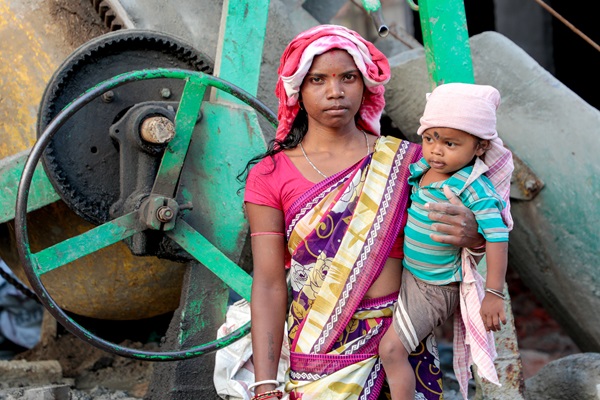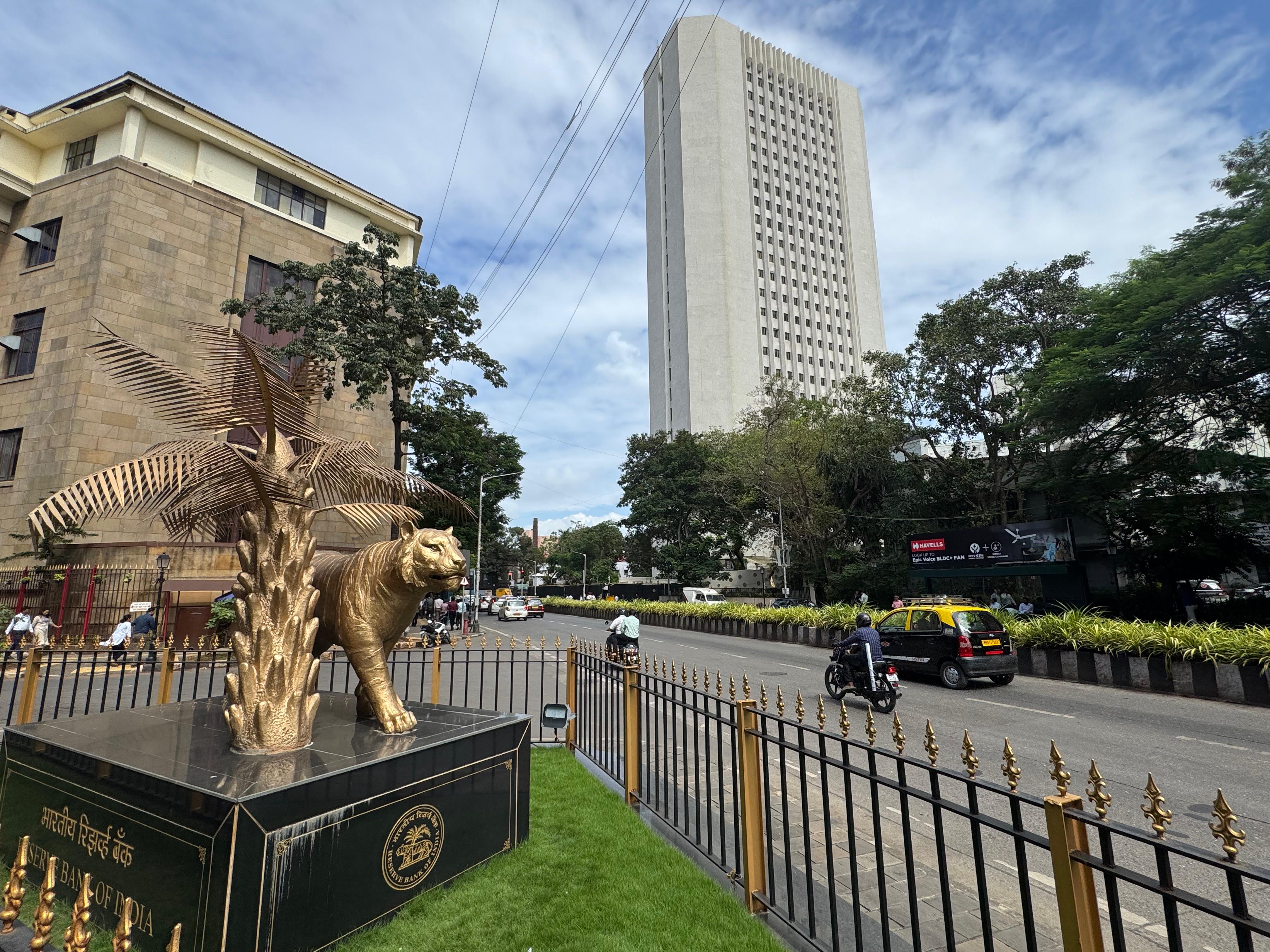.png)
The Ugly Beautiful Of Motherhood: An Undervalued Economic Pillar
Despite shaping human capital and sustaining economies, motherhood remains undervalued in policy, pay, and perception across homes and workplaces.

By Kalyani Srinath
Kalyani Srinath, a food curator at www.sizzlingtastebuds.com, is a curious learner and a keen observer of life.
June 21, 2025 at 9:23 AM IST
Motherhood is not a lifestyle choice—it is unpaid labour, an economic foundation, and an intergenerational investment rolled into one. And yet, from boardrooms to policy tables, it continues to be treated as a personal pursuit rather than the structural support system it truly is. The paradox? Everyone agrees that children are our future, but few are willing to recalibrate systems that support those raising them.
Unseen Burden
Across generations, the expectations placed on mothers have not decreased, but the conditions around them have shifted dramatically. Raising Gen Z and Gen Alpha, two of the most digitally native and expressive cohorts, has brought new parenting complexities. These children are more likely to challenge traditional authority structures, lean on self-diagnosed mental health frameworks, and demand autonomy at increasingly younger ages. While these traits reflect a welcome evolution in youth agency, they also pose a challenge for parents attempting to bridge generational values and discipline.
While social discourse around parenting has evolved, the lion’s share of emotional, mental, and logistical work still falls to mothers. According to a Motherly State of Motherhood study, 93% of mothers experience burnout, with 45% frequently feeling overwhelmed. The assumption that stay-at-home mothers have it easier doesn’t hold up. Many report higher emotional fatigue and social isolation than their working counterparts.
One of the most persistent issues is the so-called “mental load” or cognitive labour—tasks such as planning meals, managing school events and doctor appointments, and pre-empting family needs. A 2024 study by the Times Observatory found that women are 2.5 times more likely than men to carry this load, regardless of whether they are employed. While this labour contributes significantly to household stability, it remains unpaid, unacknowledged, and unequally distributed.
The workplace provides no respite either. The “motherhood penalty,” a term widely recognised in labour economics, refers to the systemic disadvantages that working mothers face in hiring, pay, and promotion. Research published in the American Sociological Review confirms that women with children experience wage penalties and negative bias compared to their male or childless female counterparts.
As a study by The Wire India found, even high-performing women with children are often rated as less committed and competent, feeding a vicious loop of lost opportunity. These perceptions affect performance appraisals, promotion cycles, and retention strategies—ultimately contributing to the wider gender pay gap and reduced female representation at senior levels.
In India, the rate at which women return to work post-maternity leave has seen marked disparities across sectors and organisations over the last decade. In 2023-24, Reliance Industries and Bharti Airtel reported near-perfect return-to-work rates of 100% and 98.6%, respectively—attributed to structured support systems such as extended maternity benefits and flexible work options. In contrast, Infosys reported a significantly lower return rate of 64.2%, despite having formal maternity policies. This contrast shows that ticking the policy box isn’t enough—without proper reintegration, talent loss is inevitable.
Structural Oversight
A broader workforce trend is more troubling: 73% of Indian women leave their jobs after giving birth, and almost half of those who return resign within four months, citing a lack of flexibility, insufficient childcare support, or re-entry stigma. The 2024 Aon report adds further weight: 75% of working mothers experienced career setbacks lasting up to two years, with 40% suffering pay or promotion delays.
These are not just HR headaches—they are national productivity issues. A 2019 Time Use Survey by Sengupta and Mallick revealed that Indian women spend nearly 10 times more time than men on unpaid domestic and care work. When half the population is unable to contribute to the formal economy due to systemic neglect, it is more than a gender gap—it is an economic liability.
But this isn’t unique to India. Even in the developed world, motherhood receives minimal institutional backing. The United States still lacks federally mandated paid maternity leave. According to a report in Time, women who take full maternity leave are perceived as less competent, while those who opt out are criticised as negligent or career-obsessed. The binary leaves little room for nuance or individual circumstance.
What’s needed is a fundamental shift in how we value motherhood. From early childhood education to emotional development and long-term health outcomes, maternal investment yields measurable economic returns—returns not often reflected in GDP, policy priority, or workplace flexibility models.
As organisations invest in diversity, equity, and inclusion frameworks, it is imperative that maternal equity is addressed not as a welfare concern but as a core operational and economic strategy. Likewise, governments considering labour reform, social welfare schemes, or productivity incentives must view motherhood not as a dependency issue—but as infrastructure.
If human capital is the cornerstone of national development, the role that builds, shapes, and supports that capital deserves far more than passing recognition.
Motherhood isn’t merely personal. It is a public good—and it’s time policy and practice caught up.



